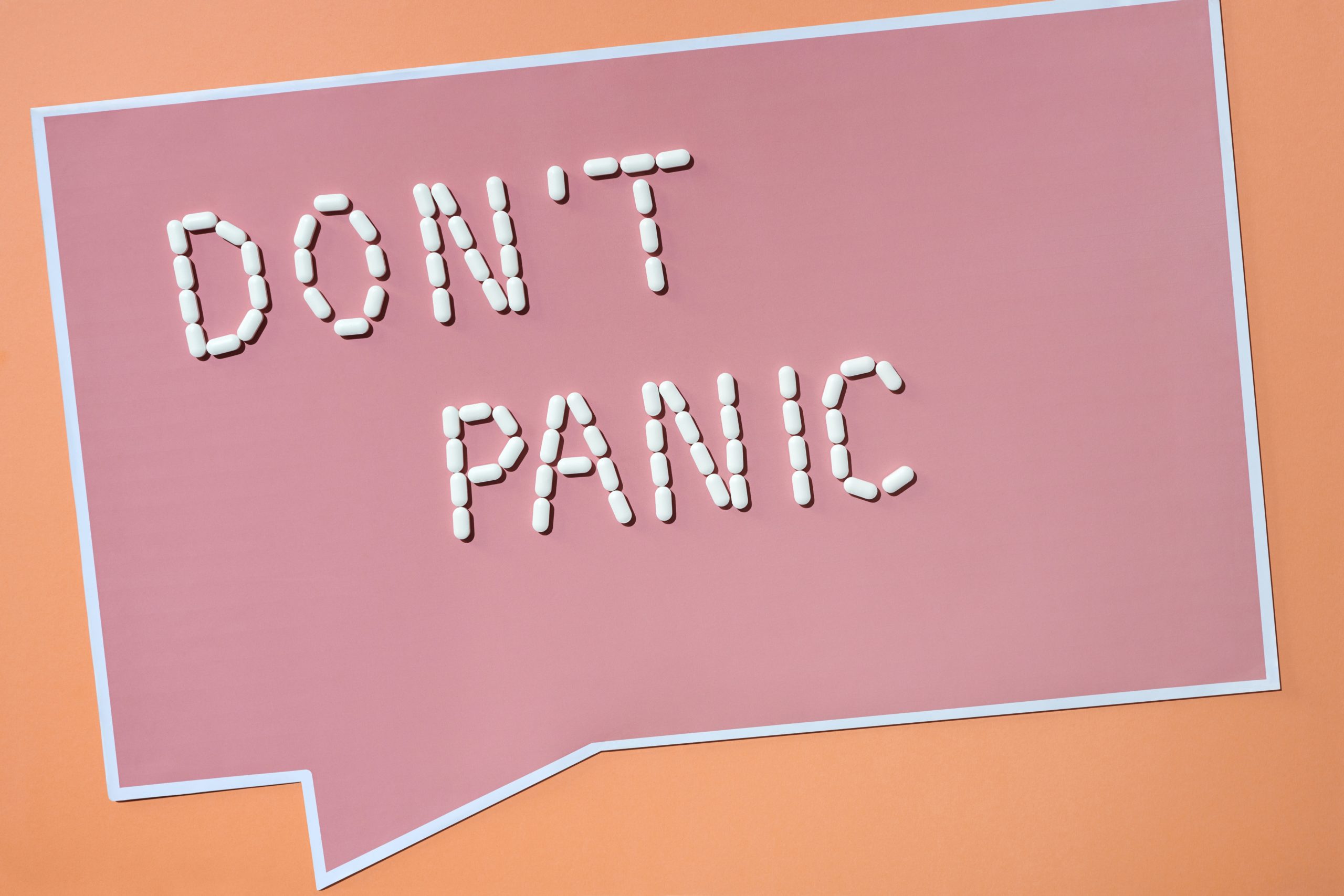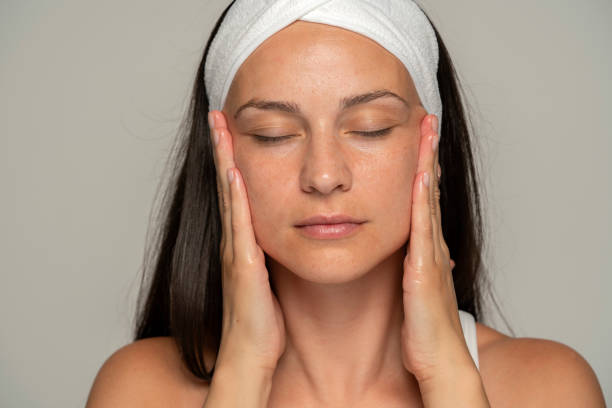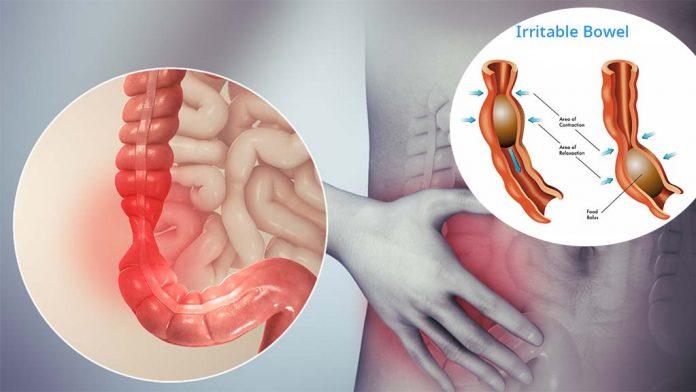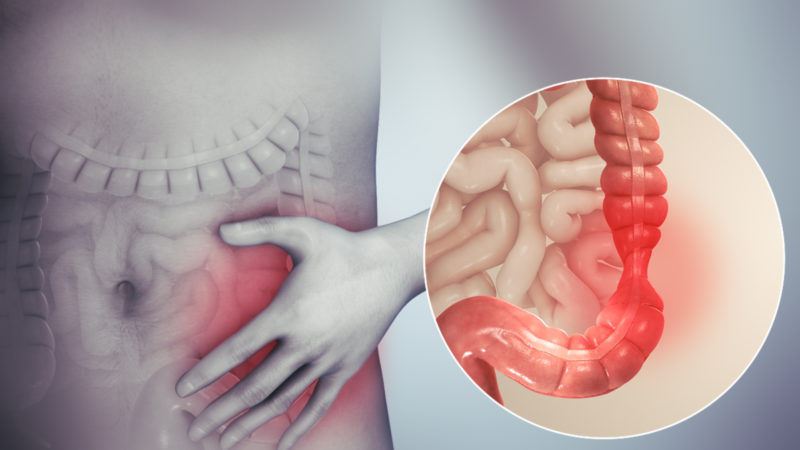How to Stop a Panic Attack? – Causes and Symptoms

Anyone can have a panic attack. It comes suddenly and involves intense surges of anxiety, fear, or panic. The episodes of a panic attack can occur at any time; it can even trigger during sleep. Panic attacks may hit quickly and can be scary. So, how to stop a panic attack? Here is an article with all you need to know about panic attack diagnosis, causes, symptoms, and how to stop it.
What is a Panic Attack?
A panic attack involves an intense feeling of fear, apprehension, or terror, without the presence of serious or actual danger. They are overwhelming and include emotional as well as physical symptoms.
The symptoms of a panic attack happen suddenly, and they reach a peak within ten minutes and then subside. Nevertheless, some panic attacks last for a longer period of time. Sometimes panic attacks occur in succession, which makes it difficult to decide when the other attack begins.
An attack can be caused by a specific event; however, these attacks can be caused by anxiety disorders such as agoraphobia or panic disorder.
Types of Panic Attack
Below mentioned are some of the common types of panic attacks.
Uncued or Spontaneous Panic Attacks
These types of panic attacks occur without warning. No environmental or situational factors are related to the attack. These types of panic attacks can occur during sleep also.
Cued or Situationally Bound Panic attacks
Cued panic attacks occur upon anticipated or actual exposure to particular situations. These situations cause a panic episode. For instance, a person who fears the dark might experience an attack when entering in the dark.
Situationally Predisposed Panic Attacks
These types of panic attacks do not occur instantly upon exposure to a feared cue or situation, but the person might experience a delayed attack.
Signs of Panic Attack
Panic attacks are sudden and lead to strong feelings of fear. They can last from 10 to 20 minutes and can last longer in some cases. The signs of a panic attack can differ from person to person; however, here are some common symptoms.
- Discomfort or chest pain
- Hot sensations or chills
- Choking feelings
- Feeling of drying
- The feeling of faint, unsteady, lightheaded, or dizzy
- Fear of going crazy or losing control
- Fear of depersonalization or unreality
- Sweating
- Abdominal distress or nausea
- Tingling sensation or numbness
- Smothering or short breath
- Shaking or trembling
Causes of Panic Attack
The accurate causes of panic attacks are not clear yet; however, some factors contribute to the attacks.
- Life stress
- Brain chemistry
- Genetics and family history
- Temperament and personality
If you are more sensitive to stress and experience negative emotions frequently, then you might be more likely to face the issue of panic attacks. People who have a family history of anxiety disorders might also experience panic attacks.
Treatment of Panic Attack
Treatment for panic attacks includes medication, physiotherapy, or both. The options of treatment are centralized on reducing the intensity and frequency of these attacks. The treatment options depend on a wide range of factors like preferences, family history, the severity of symptoms, and diagnosis.
Medication
Doctors might prescribe some medicines to treat some symptoms related to panic attacks. Some of the prescribed medications for panic attacks include anti-anxiety medication and antidepressants.
Psychotherapy
Different types of therapies are used to treat panic attacks. One of the most popular therapies for panic attack treatment is cognitive-behavioral therapy. It is best for anxiety disorders and panic attacks,
CBT focuses on helping people to determine the feelings and thoughts that cause feelings of anxiety and fear. Moreover, the therapy helps people to replace negative thoughts with realistic and helpful ones.
How to Stop a Panic Attack
Now you must be thinking about how to stop a panic attack? Some steps can help you when you have a panic attack.
Deep Breathing
Hyperventilating is one of the symptoms of panic attacks, which increases the fear. In such a situation, deep breathing can help in reducing the symptoms of panic during the panic attack.
If you can control the breathing, you will not experience the hyperventilating that can cause other symptoms and make the attack worse.
Focus on deep breaths through your mouth. Breathe slowly and fill your chest and belly. After this, leave the breath again. Breath in, hold, and then breathe out.
Recognize Yourself that it is a Panic Attack
Recognize yourself that it is a panic attack and not a heart attack. Remind yourself it is temporary and you are ok. Moreover, keep telling yourself that you will be fine.
Keep yourself away from the fear that you may die. It is a symptom of a panic attack. Reminding yourself that it is a panic attack. It will allow you to concentrate on other techniques in order to reduce the symptoms.
Close Eyes
Some panic attacks are triggered by the fear that overwhelms you. In case you are in an environment that contains a lot of stimuli as it can increase your panic attack.
In order to reduce the stimuli, you should close your eyes when having an attack. It will help in getting rid of extra stimuli. Moreover, it also helps to concentrate on your breathing.
Practice Mindfulness
When having a panic attack, you should practice mindfulness. It can help you to merge in reality and understand what is around you. Panic attacks can lead to a feeling of separating or detachment from reality.
Concentrate on physical sensations that you prefer, like feeling the texture of your clothes or digging the feet in the ground. These sensations can ground you strongly to reality and divert your mind from the panic attack.
Focus on an Object
It could be helpful to focus on a single object during a panic attack. All you need to do is choose one object and consciously note everything about the object. You can describe the color, shapes, size, and patterns of the chosen object. Concentrate on the energy of the particular object, and it will help you to subside the panic symptoms.
Relax Your Muscles
Like breathing techniques, muscle relations techniques can also help you to stop panic attacks. They help in controlling the response of your body as much as possible.
Try to relax one muscle at a time, start with simple body parts like fingers, and then move your way upwards.
Muscle relaxation techniques can be highly beneficial if you have practiced them before also. So, if you know that you experience panic attacks, it would be better to learn muscle relaxation techniques.
Think of Your Happy Place
When having a panic attack, think of the most relaxing place. Try to think about beaches, gently rolling waves or hot cabins in the mountains.
Imagine yourself at your happy place and try to concentrate on the details. Imagine sitting on a beach, digging your feet in the sand, smelling the scent of wet sand or pine trees.
The place you are imagining should be relaxing, calm, and quiet. Do not think of rushing streets, no matter how much you love them in reality.
Involve in Light Exercise
During a panic attack, try to engage in light exercise. It helps in producing endorphins, which keep the body pumping in the right manner. Light exercise can flood our body with endorphins, which can help in enhancing the mood. It is one of the natural ways to relieve stress.
You are stressed during a panic attack, so opt for light exercises that are gentle on the body, like walking.
Pro Tip – Avoid engaging in exercising if you are struggling to breathe or hyperventilating. First of all, do whatever you can do to make your breath normal.
Use Lavender
Lavender is popularly known for relieving stress. It is best to help your body relax. If you are aware that you are prone to panic attacks, always keep lavender essential oil. You can apply some oil on your forearm or hand when having a panic attack.
Whenever you experience an attack, breathe in the scent. You can also opt for drinking chamomile or lavender tea. Both are soothing and relaxing.
Pro Tip – Do not combine lavender with benzodiazepines. It can cause drowsiness.
Chant a Mantra Internally
Repeating or chanting a mantra internally can help you in reassuring and relaxing. Moreover, it provides you with something to focus on or grasp during a panic attack.
You can simply repeat this too shall pass or mantras that you love personally. Repeat in your head until you feel that you get back to normal and realize that the panic attack is becoming less severe.
Final Words
Panic attacks can be really stressful, but always remember that help is available. You should feel free to talk to a doctor about the available treatment options. Many relaxation techniques are the best solution to the question of how to stop a panic attack. These techniques can help you to calm your mind when facing an anxiety-provoking situation.






